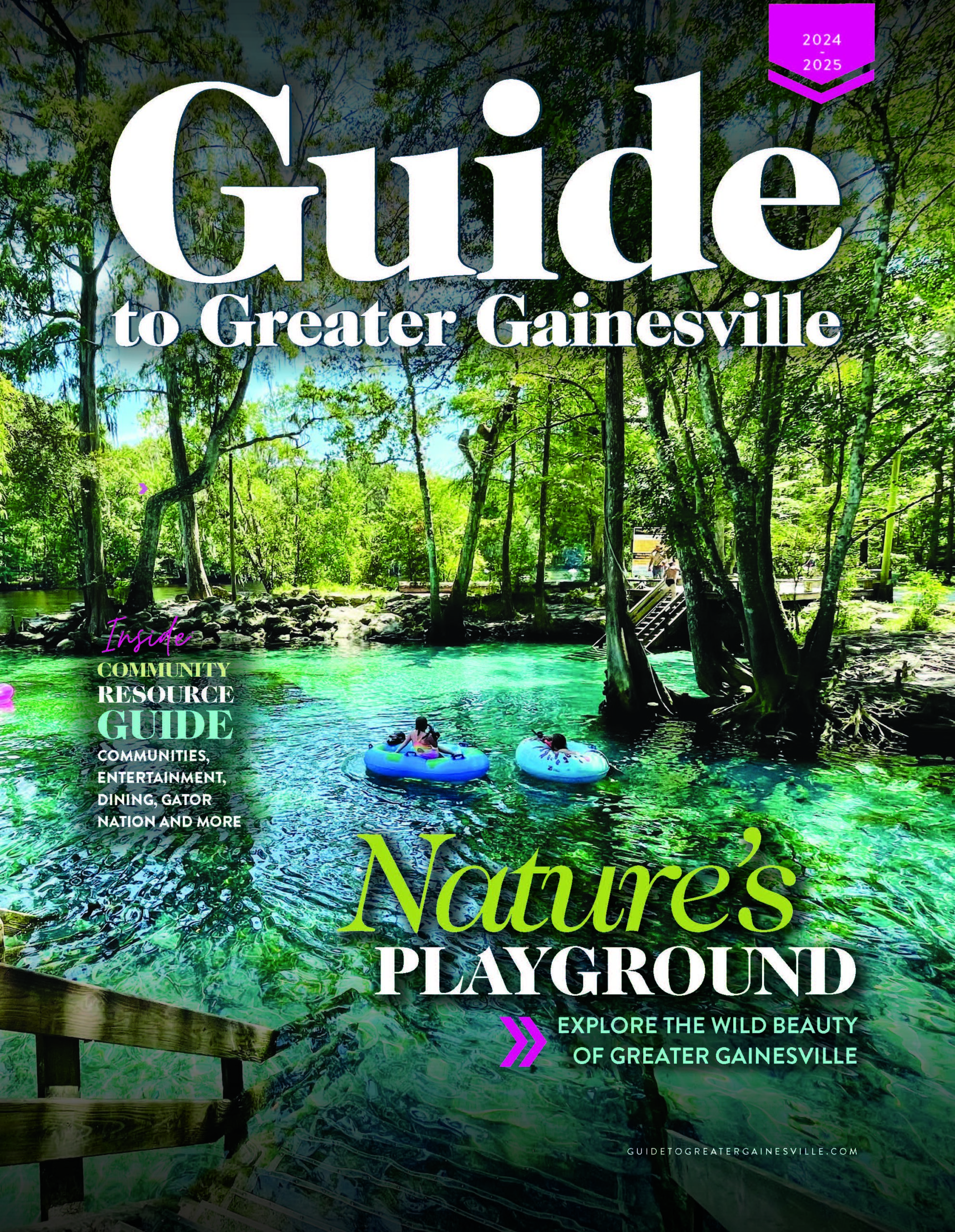Fail Early, Fail Fast; Failure is OK; Learn from Failure; Failure is the Successful Entrepreneur’s Right of Passage. These phrases, like “thinking out of the box,” have become commonplace, even trite. They are a part of every academic entrepreneurship program that I know. They are used by most speakers in speeches to young entrepreneurs throughout the U.S.
People have known for at least several hundred years that one learns from failure. You tell a child not to touch a stove because it’s hot. So, what is hot to a child? Some things simply have to be experienced, and failure must be allowed to happen for the learning to take place. But, it’s only recently that we have begun talking so much about it and integrating it into entrepreneurship education.
I began teaching creativity to entrepreneurship students eight years ago, and I wondered at the time whether creativity could actually be taught. After developing the course and teaching it the first time, my skepticism was put to rest. Due in part to an initiative by a colleague at Stanford, Tina Seelig, who put forward the notion that there was value in teaching creativity by having students write down their failures, I asked my students in that first class to create a Failure Resume. Of course, initially, my students thought that was stupid and I was crazy, but subsequently, it became a favorite part of the course. My objectives in this assignment were three-fold. First, I wanted students to acknowledge that they had experienced failures. (Their failures were acknowledged by writing them down.) Second, I wanted them to learn from their failures by examining the specific changes made in the conduct of their lives to prevent reoccurrence of those same failures. (If changes aren’t made, one is destined to repeat the same failure. Learning occurs.) The third objective was therapeutic: I wanted them to realize that despite all those failures they had acknowledged, things came out pretty well for them. (They all were students in a premier program at a premier institution.)
Today, everyone seems to be talking about learning from failure, and the Failure Resume is now a pretty common tool used at a number of institutions. In April 2016, a professor at Princeton University, Johannes Haushofer, published his Failure CV on Twitter…to encourage others to keep trying in the face of disappointment…and had over 33,500 shares and 473 comments almost instantaneously.
While I’m glad to see that many are talking about learning from failure, my concern is that it’ll be relegated to obscurity by becoming as commonplace as thinking out of the box simply by too many people talking about it without thinking about it. The reality in business today is that firms that do not continually innovate will die. Innovation and failure go hand-in-hand. Innovation requires taking risks, and when you take risks, you will sometimes fail. It simply is not possible that one can continually succeed when taking risks. Failure is inevitable. The key is to examine each failure when it occurs to understand its causes and make specific changes to prevent reoccurrence of that same failure. Then, try again. Failure is OK; it’s part of the innovation process.
Remember, though, that if you fail nine times at some initiative, it doesn’t follow that you’ll be successful on the tenth try. Success depends on you having learned nine lessons from those failures. Ultimate success after failure is not a numbers game; it’s a lesson learning game.
BILL ROSSI is professor emeritus of entrepreneurship at the University of Florida, having taught in the graduate and undergraduate Entrepreneurship Program there for 15 years. Prior to teaching, Bill initially held several senior-level positions with Ford, Goodrich and Picker International. After relocating to Florida in 1986, Bill worked in executive management positions in smaller entrepreneurial companies and was a principal in several. Bill holds a Master of Science degree in operations research from the University of Massachusetts and an undergraduate degree in mechanical and industrial and systems engineering from Ohio University.


